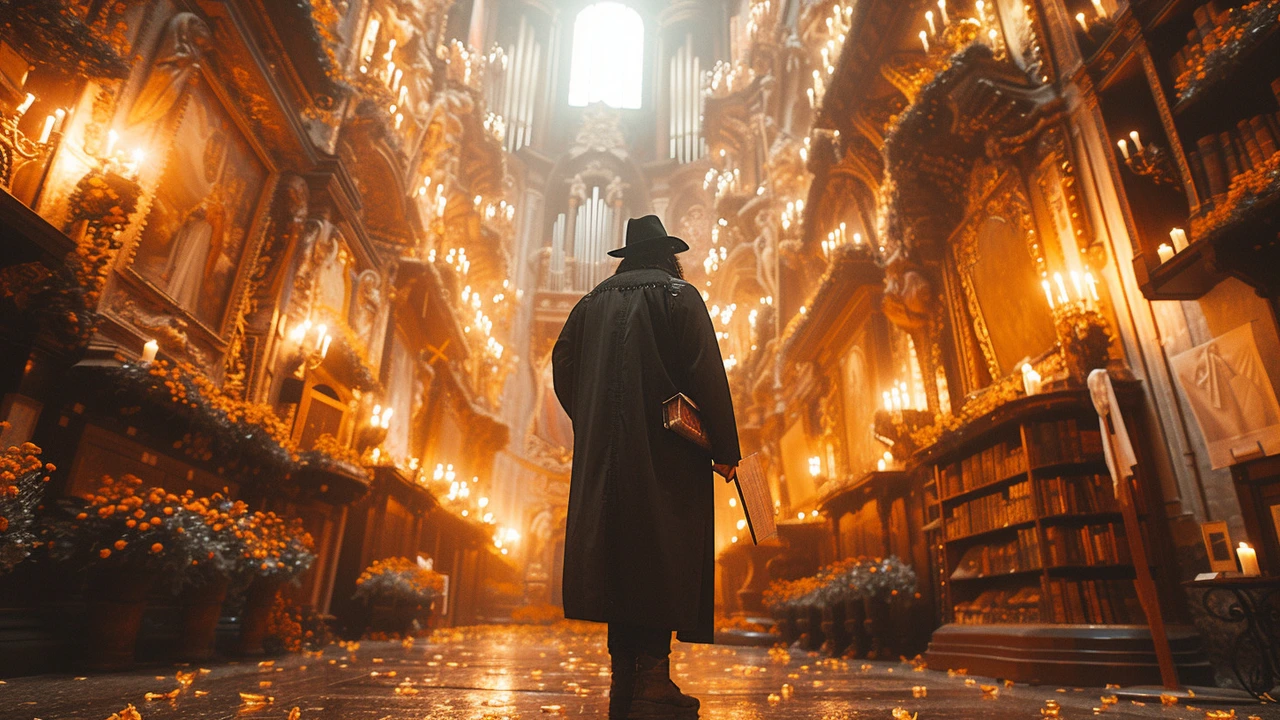Rococo was the playful, ornate art movement of 18th-century Europe that celebrated elegance, intimacy, and luxury. Known for pastels, gold, and curved forms, it defined aristocratic life before the revolution changed everything.
Rococo Art: Light, Playful, Ornamental
Rococo is an 18th-century style that favored lightness, curves, and decoration over weighty drama. It grew out of Baroque but aimed for charm instead of grand statements. Artists and architects used pastel colors, asymmetry, and playful motifs like shells, scrolls, flowers, and putti to make interiors feel intimate and lively. You’ll find Rococo most often in salons, palaces, and small-scale decorative objects where close viewing rewards the details.
Rococo painting focused on leisure scenes, romance, and myth with painters such as Antoine Watteau, François Boucher, and Jean-Honoré Fragonard leading the way. Their brushwork feels loose and airy, with soft light and elegant poses. In furniture and interiors the same sensibility appears: curved mirrors, carved gilt frames, and lacquered panels create a cozy, theatrical setting. Designers wanted rooms to feel like a stage for social life.
Key Features to Spot
Look for asymmetrical shapes, S-curves, and light pastel palettes—pale blues, pinks, creams, and gold. Motifs often include shells (rocaille), acanthus leaves, floral sprays, and small cherubs. Interiors prioritize intimacy: low ceilings, mirrored panels, and coordinated textiles that make spaces feel warm and inviting. Unlike Baroque’s heavy symmetry and monumental scale, Rococo shrinks the drama into playful detail.
Where Rococo Shows Up Today
You can still see original Rococo work in places like the Palace of Versailles’ petit appartements, the Amalienburg in Munich, and several Parisian salons. Museums display small decorative pieces—cabinets, clocks, porcelain—where the craftsmanship shines. Modern designers borrow Rococo curves and ornament as accents: a carved mirror, a gilded frame, or a floral wallpaper can add old-world charm without overwhelming a room.
If you want to spot authentic Rococo, check scale and context: the style favors human-scale rooms and close viewing. Restoration experts often work on delicate gilding, gilt plaster, and painted panels, so preserved examples tend to be in palaces and well-maintained historic houses. When reproducing Rococo elements, balance is key—use ornament sparingly against plain surfaces to avoid clutter.
Rococo’s appeal today comes from its warmth and focus on pleasure. It’s a reminder that design can be fun and intimate, not just monumental. Whether you study paintings, visit a palace, or add a Rococo touch to your home, pay attention to the small details—they’re the heart of the style.
Rococo used many materials that show its craft: carved and gilded wood for chairs and panels, soft painted canvas for walls, delicate porcelain from Sèvres and Meissen, and fine tapestries. Decorative arts were as important as architecture—cabinetmakers, bronze casters, and porcelain painters created objects meant for close inspection. If you see tiny, precise carving and layered gilding, you’re likely looking at high-quality Rococo work. In cities, architects translated the style into facades with playful ironwork, curved balconies, and ornamented door surrounds. For modern projects, pick one or two Rococo pieces to act as focal points and keep surrounding elements simple. Use soft lighting and muted colors to let the ornament breathe. That approach keeps the personality without making a space feel dated or cluttered.
Start small and enjoy the details.
Explore the rise of Rococo, its playful aesthetics, key artists, architectural highlights, and lasting influence on modern design in this in‑depth guide.
Hey there! This blog post sheds light on Rococo, a style in art and architecture that's much more than just frills and flourishes. We'll dive into the rich history of this style, examine its evolution, and explore how its influences persist in modern designs today. It's a fascinating journey into our cultural past that I believe you'll enjoy just as much as I enjoyed writing it for you.



